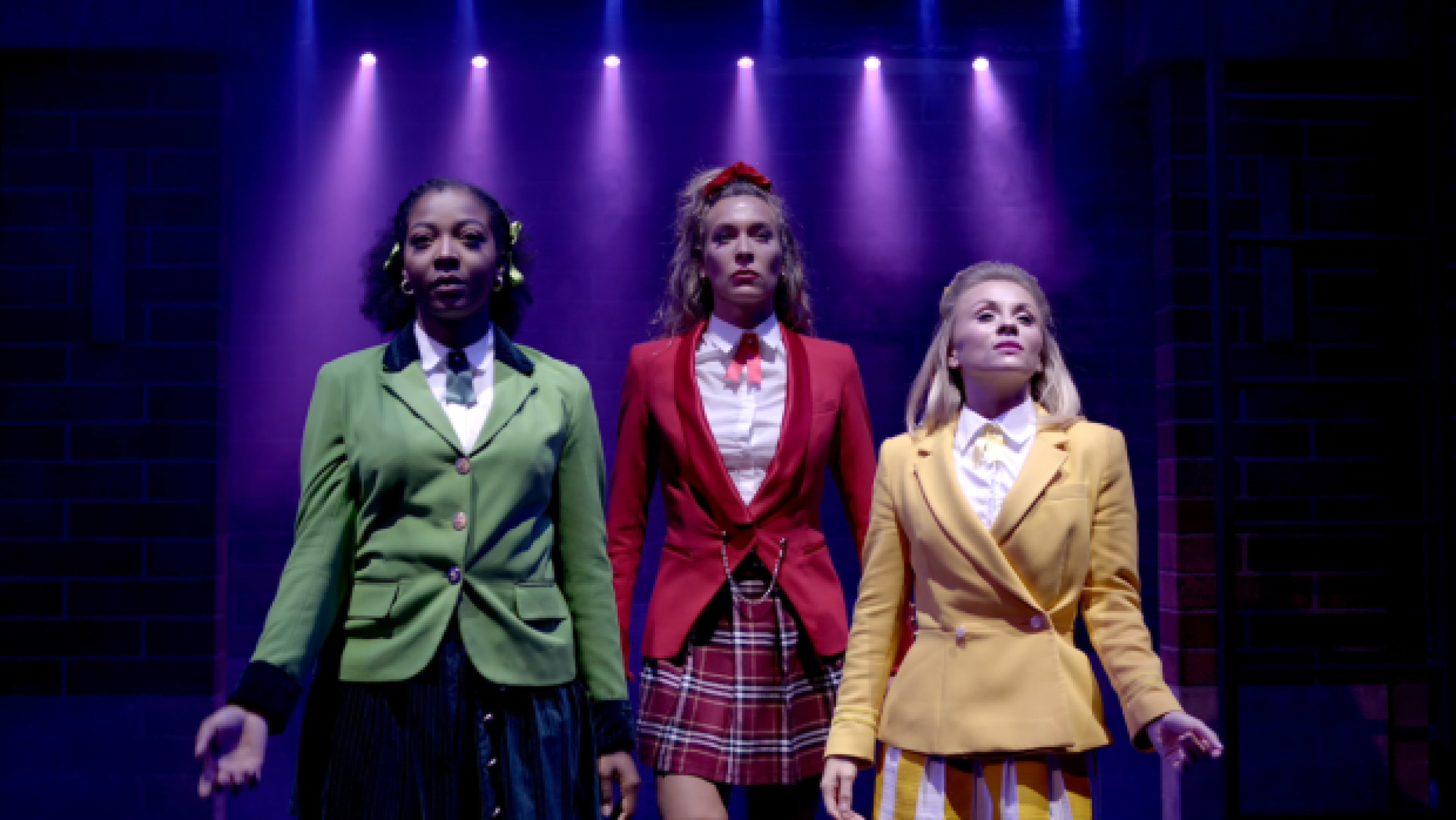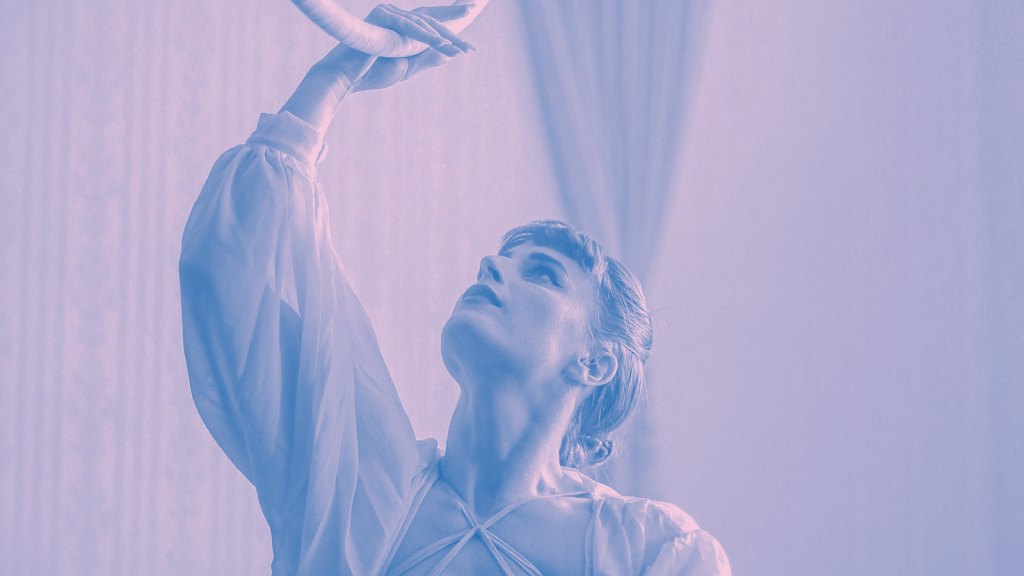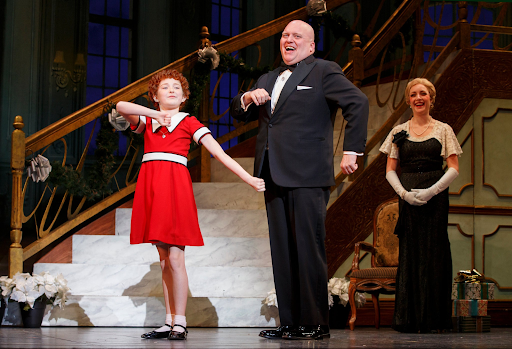
Top 10 Iconic Musical Theatre Costumes
Many elements contribute to the magic we see on stage during a musical – and costumes are one such element, necessary for creating spectacle and building character. In order for them to be appreciated from the front row to the back of the balcony, they need to be special.
Today, we look at 10 of the most iconic costumes in musical theatre history.
Red Dress and Curly Wig (‘Annie’)
The rags to riches story of little orphan Annie wouldn’t be the same without the iconic red dress and curly red hair sported by the title character. This musical is based on the comic strip of Harold Gray, who also came up with Annie’s look. However, it was costume designer Theoni V. Aldredge who brought the costume to the stage and ultimately won a Tony for the musical. In the 1982 movie version of the film, it is reported that the wig the actress playing Annie had to wear was so itchy, the producers gave her a comb to scratch her head between scenes.

Blue Pinafore and Red Shoes (‘The Wizard of Oz’)
The gingham blue and white pinafore is instantly recognisable as Dorothy’s from the ‘Wizard of Oz’. Though plain and simple in design, it is one of the most iconic costumes from early musical theatre history. Originally created by Gilbert Adrian, the dress that Judy Garland wore throughout the film version of the musical sold at auction in 2015 for a whopping US$1.56 million. And don’t forget those ruby shoes. Cleverly created by transforming plain white shoes with red paint, fabric and sequins, the famous shoes are now on display at the Smithsonian. They are one of the most asked-about artifacts housed at the museum.
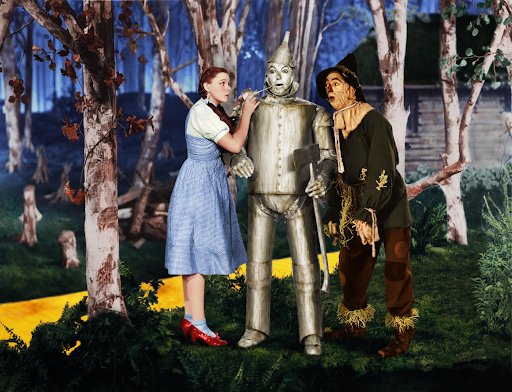
Mask (‘The Phantom of the Opera’)
This famous piece of costuming has become a symbol of the show – though the one on the poster is not the same as the white mask worn on stage. Originally designed to cover both eyes, the original Phantom, Michael Crawford, found it too restricting – as it covered a large portion of his face, a lot of his acting was lost. So designer extraordinaire Maria Bjornson recreated the mask to cover only half the face, and the rest is history. Over 300 masks have been made for the Broadway run alone, with each actor having a mask custom-made to the shape of their face. We must also stop to mention what is under the mask: the incredible foam latex prosthetics that make the Phantom who he is.
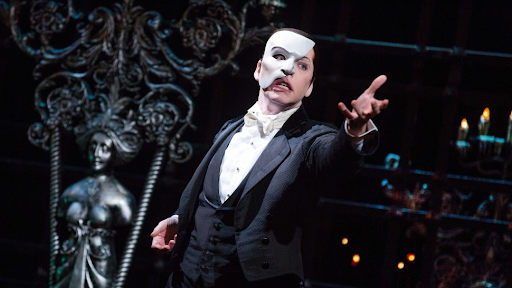
Bodysuits (‘Cats’)
‘Cats’ simply would not be the musical it was without the costumes. Designed by John Napier, the skin-tight patterned bodysuits transform ordinary humans into living and breathing cats. Napier ensured each cat’s character was translated in the markings on their costume, winning him a Tony. The original costumes are so iconic, they are now housed at the Smithsonian. Each bodysuit is handpainted in accordance with the lines of the actor’s body to enhance their feline movements. Top it off with ears fashioned out of the hair on their wigs, plus makeup that blends with the costumes themselves, and you are forgiven for forgetting that you are not watching a bunch of dancing cats up on the stage.
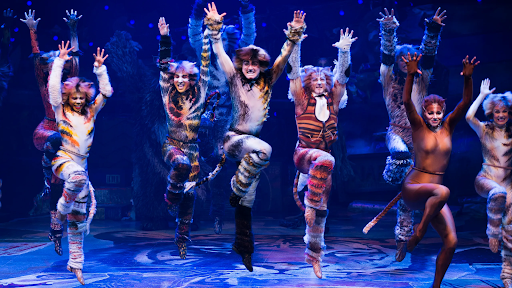
Bubble Dress (‘Wicked’)
Susan Hilferty’s bubble dress personifies Glinda’s personality as she floats down from the sky to make her entrance into the land of Oz. Designed to look like a flower, the dress has 64 petals that form the skirt and over 68,000 sequins. Most recently, a decommissioned bubble dress was donated to Scenery.com and transformed into Christmas ornaments. Needless to say, they sold out.
No ‘Wicked’ discussion would be complete without mentioning Elphaba’s dress during the infamous ‘Defying Gravity’ number. Though entirely black, it is made from 37 different fabrics and the skirt alone is made up of almost 250 metres of material! Hilferty won a Tony for her outstanding costuming in this spectacle of a show.
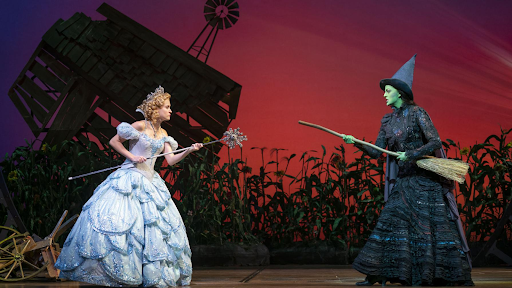
Rags to Riches Dress (‘Cinderella’)
This dress gets a mention for its amazing ability to transform on stage, in front of the audience’s eyes. Created by legendary Broadway costume designer William Ivey Long, the dress underscores the most magical moment in the show – when the Fairy Godmother transforms Cinderella for the ball. What starts as a villager dress made from rags transforms into an opulent white ballgown with a few twirls. The dress has a breakaway bodice, held together with fishing wire and the skirt of the ballgown is tucked up in the bustles of the villager dress. It is a piece of clever engineering that creates a memorable moment in the show.
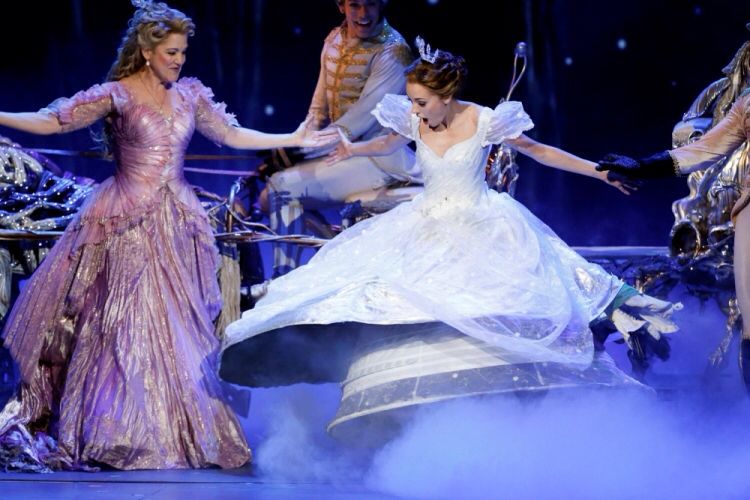
Polo and Arm Cast (‘Dear Evan Hansen’)
Though not a flashy or intricate costume, it has to be noted that the stripey blue polo shirt and arm cast sported by the musical’s protagonist is quickly becoming an iconic musical theatre symbol. Costume designer Emily Rebholz reportedly agonised over every decision when choosing the costumes for the characters. Though mostly street clothes from brands such as Old Navy, New Balance and Gap, Rebholz cleverly chose oversized and not too trendy costumes to portray the title character’s personality, even before he begins to speak. Most impressive is the real plaster cast that Evan sports throughout the show that has to be sawn off at intermission.

Red, Yellow and Green Blazers (‘Heathers: The Musical’)
The blazers in ‘Heathers’ are symbolic both for who they represent and to the fans. Amy Clark took inspiration from the 1980s style encapsulated in the ‘Heathers’ movie. This is evident in the blazers’ bright colours and shoulder pads. However, adaptations had to be made in order for the cast to dance in the costumes, which they wear throughout the majority of the show. Clark describes the costumes as heightened reality; the skirts are shorter and the waists are tighter. This gives the most impact on stage and lends the outfits a theatrical quality. Another symbol of the show is the scrunchies, specifically made to be oversized so they read better on stage. Even the colours of the blazers have become iconic to die hard ‘Heathers’ fans, who can be seen throwing scrunchies on stage during bows, coloured to match their favourite Heather.
‘Shall We Dance’ Dress (‘The King and I’)
Arguably the largest ballgown in musical theatre history, the champagne dress that features in the “Shall We Dance?” scene is a spectacle on stage. Originally created by Irene Sharaff and revived by Catherine Zuber, the dress is made from an internal frame of bamboo, sprung steel and hoops to allow the actress to glide along the stage in the dress that weighs 18 kilos and has a 9-metre circumference. The dress utilises steel weights around the hem to stop it from flying up during vigorous waltzing. Gertrude Lawrence, who played Anna in the original Broadway production, was so fond of the dress that she asked to be buried in it. She died during her Broadway run and was indeed buried in the iconic dress.
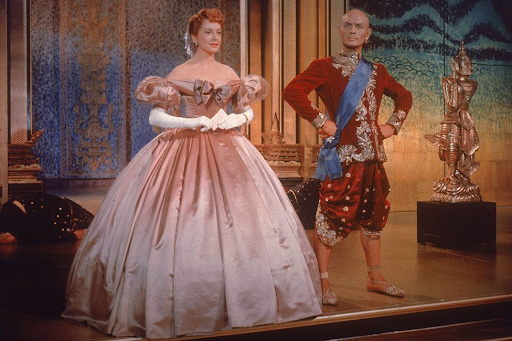
The Dreamcoat (‘Joseph and the Amazing Technicolor Dreamcoat’)
No list could be complete without the most colourful costumes. As the song goes, Joseph’s dreamcoat has 29 colours. Though not all renditions of the costume are equally elaborate, all are impressive. Probably the most well-known dreamcoat is the one sported by Donny Osmond in the 1999 film version of the musical. Joseph’s dreamcoat reportedly weighed 20 kilos and spanned 12 metres; some styles cost over $15,000. Costume designer Jennifer Caprio recently adapted the original dreamcoat, conceived by Mark Thompson, for the 2014 National US touring production. She was committed to incorporating all 29 colours listed in the song into her dreamcoat. The result is a stunning visual display inspired by stained-glass windows.
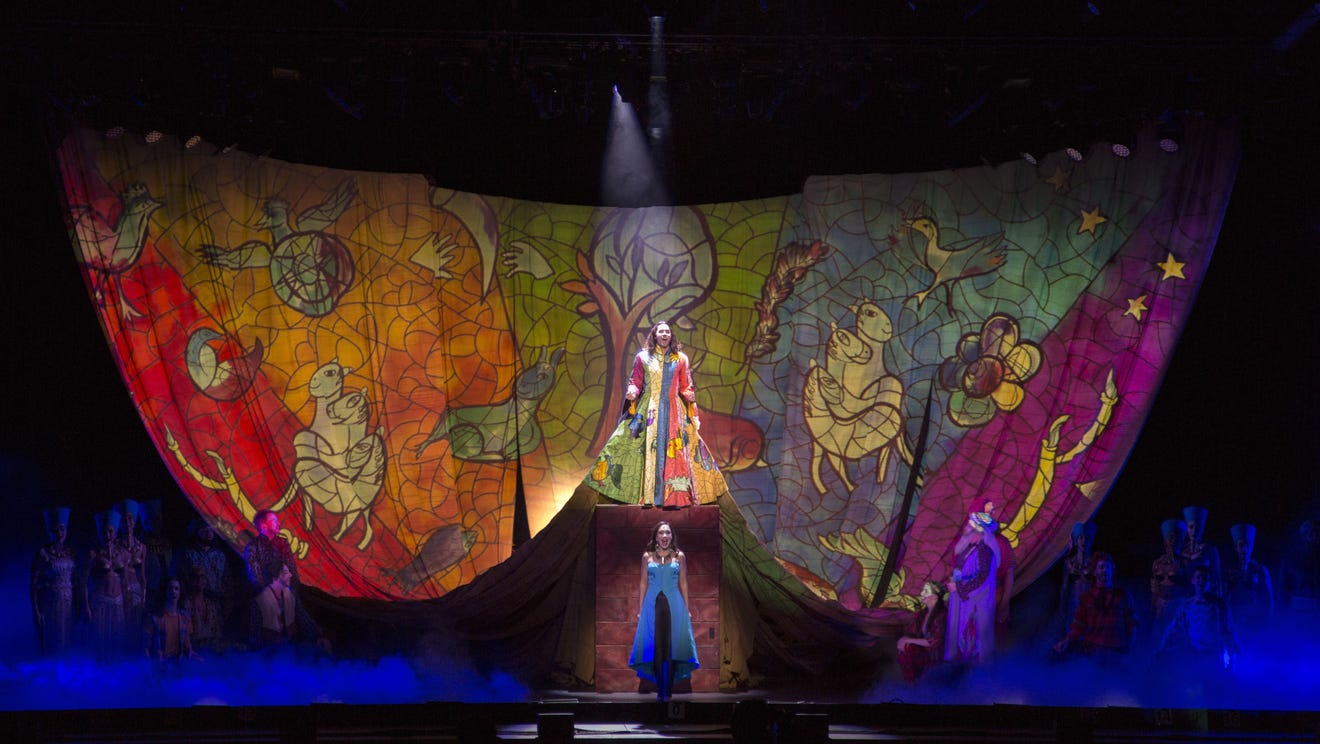
So there you have it, 10 of the most iconic costumes in musical theatre history! What costume do you think belongs on this list? Let us know in the comment section below.




